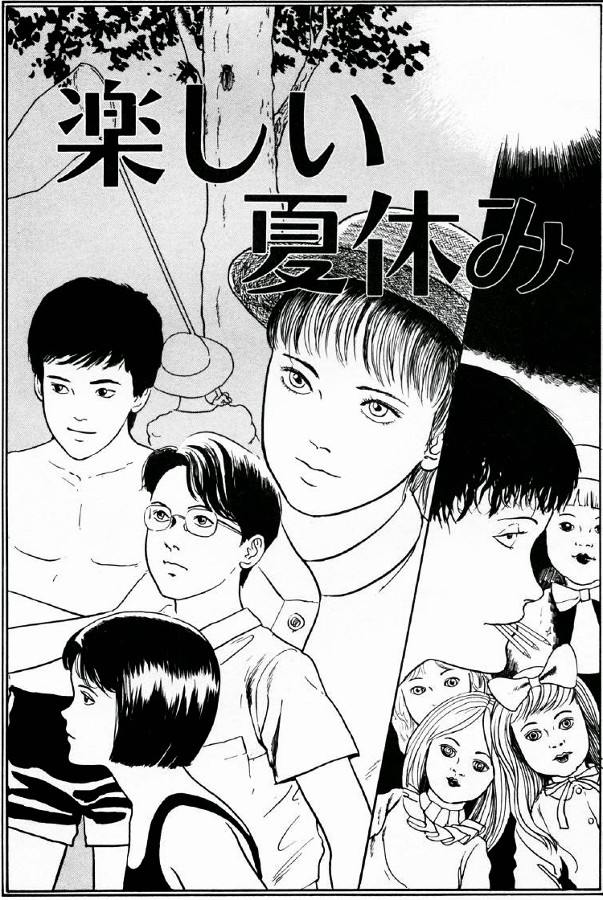Tag: manga
-
Butterflies (Uzumaki part 14)
Kurouzu-cho has been decimated by hurricanes being pulled in towards Dragonfly Pond. And there seems to be some strange children with the power to weaponize the hurricanes.
Tagged: Dragonfly Pond, Horror, Horror Manga, Junji Ito, Kirie Goshima, manga, Shuichi Sato, Uzumaki
-
Ghosts of Prime Time
Ghosts of Prime Time introduces us to one of the strangest double acts I’ve ever seen. This double act is a comedy duo, two young women, known together as Tasogare Kintoki.
-
Human Chair
The Human Chair begins with a lady asking a furniture maker about buying a chair for herself. After a passionate talk about the importance of a good chair, the Salesman takes her into a back room to show her one particular chair — a chair with a strange past.
-
The Umbilical Cord (Uzumaki part 11)
In The Umbilical Cord, Kirie Goshima must come face to face with the aftermath of the massacre she witnessed in Mosquitoes. An aftermath 9 months in the making.
-
Envy horror manga short by Paul Rikky Talbot
Via Paul Rikky Talbot on Facebook. I absolutely love this one-page horror manga story by Paul.
-
Army of One fan art in red ink
Via Guillen Cardenas Luis on Facebook.
-
-
The Art of Junji Ito: Twisted Visions can now be pre-ordered
The upcoming book, The Art of Junji Ito: Twisted Visions, is now available for pre-order at the following places: Amazon Book Depository Waterstones It will be officially released on the 14th May 2020. From the picture above it looks like its a good size too — a little larger than A4 size I reckon. All…
-
New horror manga – Genkai Chitai (Disturbing Zone) released in Japan
Junji Ito has launched a brand new horror manga called Genkai Chitai, which is Japanese for Disturbing Zone.
-
Mosquitoes (Uzumaki part 10)
In mosquitoes, Kirie must survive an horrific night in the hospital when she comes face to face with blood-thirsty pregnant women.
-
Fun Summer Vacation
Fun Summer Vacation tells the story of a family with an evil younger son. That son is none other than Junji Ito favourite, Souichi.



